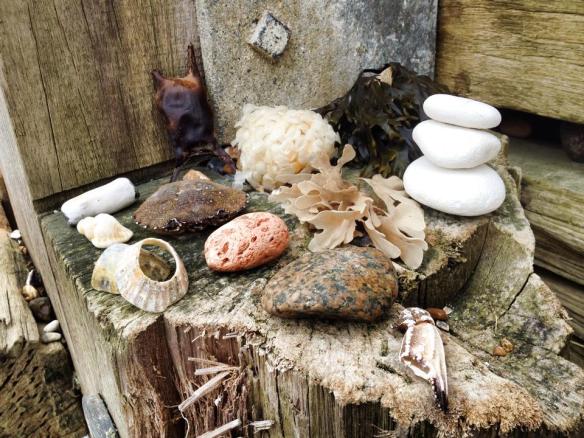In a way, May is now the best of times and worst of times.
In that couple of weeks when the cow parsley grows three feet, so many different birds of late spring come back to us – the first Swifts, a Turtle Dove or two, the earliest Spotted Flycatchers. Every year, it’s a wonderful moment when you first encounter them.
But there’s a shadow to that moment, which is the knowledge that fewer and fewer of these birds return, and others fail to appear at all.
I’ve heard of only one Willow Warbler in Firle this spring, a bird singing for a single morning in the gardens of the Old Vicarage.
Cuckoos seem to have abandoned the village long ago. Reports from several people in Glynde and Glyndebourne are good to hear, but make their absence around Firle all the starker.
The Turtle Dove, recently a common farm and woodland bird, is heading rapidly towards extinction in England. One reported by Gill Sullivan at Crossways on 10 May is the only one I know of locally so far this spring, and follows a run of several dismal years for them.
Those Swifts, more easily seen in Lewes as they race across the rooftops in the centre of town, have perhaps never been as numerous in the countryside, where there are few tall buildings to nest on. But they are especially sparse in recent years. About 4/10 Swifts disappeared from the UK between 1995 & 2012, and there’s no sign of improvement.
In the same period, the number of Spotted Flycatchers collapsed by half. Thankfully we still have at least a couple of returning pairs around Firle village, and one was singing along Heighton Street on 21 May, which hopefully means another territory. But it wouldn’t take much to wipe these remaining birds from the scene. How many more years can they cling on?
A word has been coined for the psychological distress caused by environmental change where you live: solastalgia, a relation to nostalgia. It was created to describe the experiences of people seeing their homes transformed by environmental catastrophes such as strip mining or drought. This absence of migrant birds and their songs each spring is a subtler variety of the same.
We have so much beauty still to enjoy where we live, and unexpected thrills to witness – the Osprey that flew over as I was driving along the A27 on 2 May; the Red Kites that have been seen again locally in recent weeks; the stoat that hunts up and down Mill Lane near the paragliding school; the lizards that bask in sunny spots on the allotments; the Sedge Warbler singing in the dead of night from Spring Ditch; the early purple orchid flowering on the verge along Firle Bostal.
But at the same time, let’s bear witness to what we have lost and are losing, and allow that knowledge to influence how we choose to act.
This post originally appeared in the parish news.









